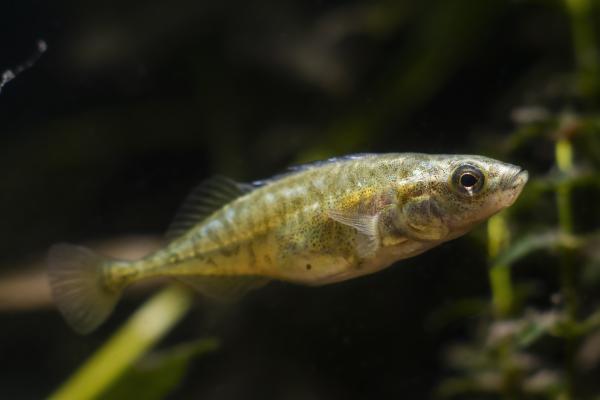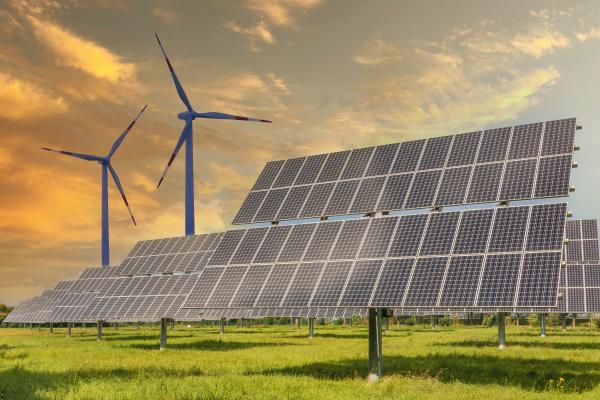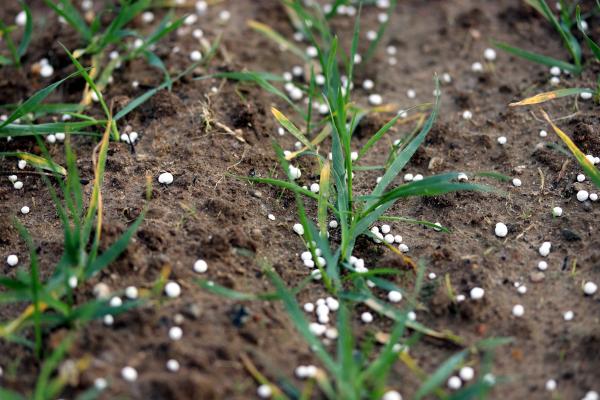Filter by
News (99)
RSS
Issue 612: This study explores participatory fire-management strategies, including landscape values from experts and local people, to strengthen wildfire-prone regions by creating resilient landscapes that protect ecological and social functions.

Issue 612: Researchers have developed a framework for evaluating technologies that reduce marine plastic pollution.

Issue 612: Species that rely on freshwater habitat are declining in Europe. This study finds that biodiversity within smaller sites in the European Natura 2000 network is highly impacted by the land use of surrounding areas.

Issue 611: Disposing of complex and cumbersome wind turbine blades at the end of their lives is a key challenge facing the renewable energy sector. Researchers now identify a form of chemical recycling as the most circular and low-carbon solution.

Issue 611: Industrial heavy metal pollution in a Swedish forest induces resistance to metals in soil microbial communities, but also to tetracycline antibiotics, a new study concludes.

Issue 611: This study highlights the resilience of renewable energy in the face of unpredictability such as climate change and suggests that large-scale production could not only help with climate change mitigation but also protect the environment.

Issue 611: The characteristics and widespread effects of per- and polyfluorinated alkyl substances demand their replacement with fluorine-free alternatives, say the writers of a comprehensive review on their use.

Issue 611: Passive restoration can recover plant biodiversity on former farmland at low cost, say researchers. But active restoration could bring better results.

Issue 610: Urban agriculture needs to be formally recognised in policy agendas to incentivise and regulate growing practices at different scales, suggests a new analysis of progress in four European cities.

Issue 610: Phosphorous (P) fertiliser from rocks is a limited resource with rising prices. This study investigates ways to enhance P release from biowaste materials to soil, to increase viability of these alternative sources.
